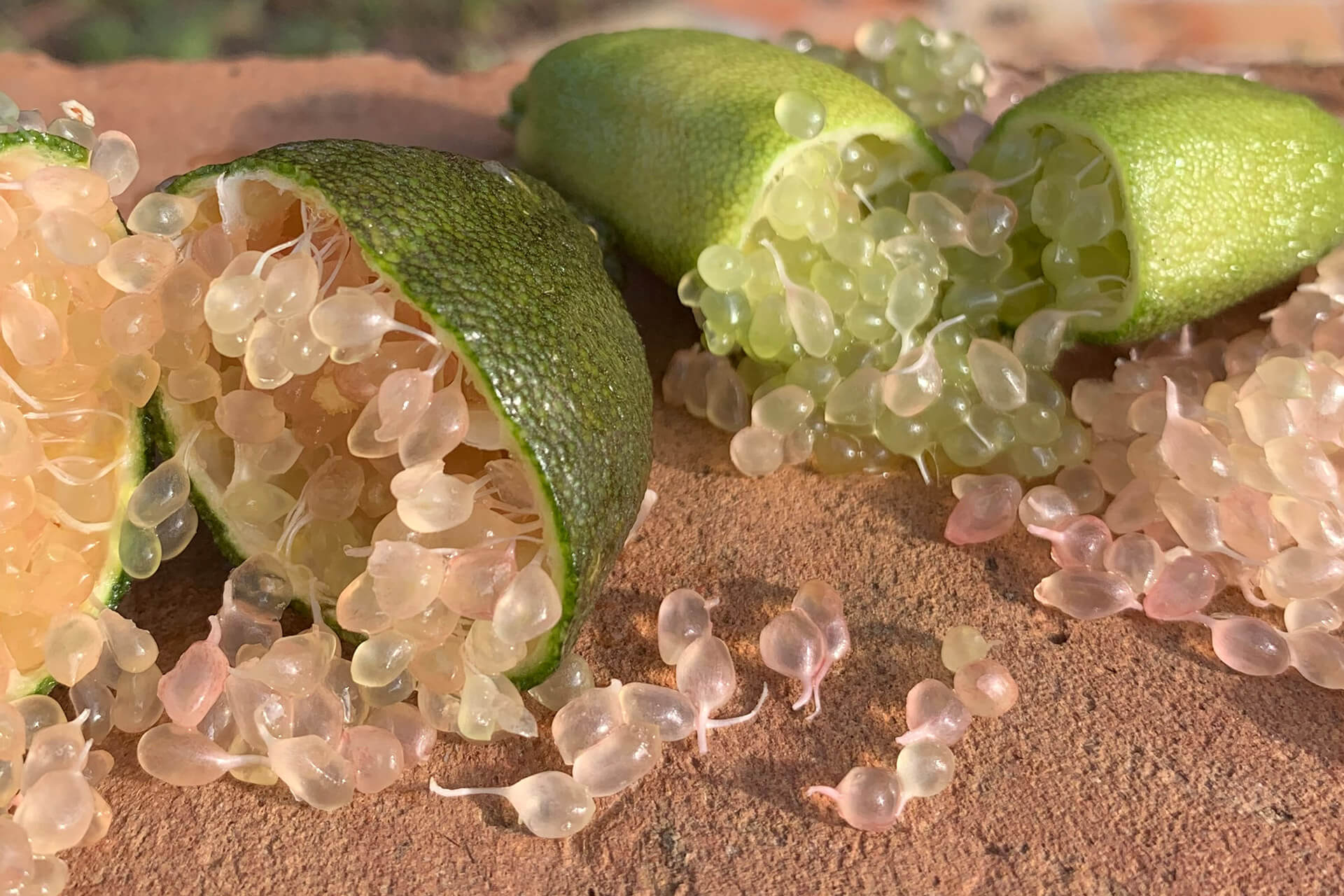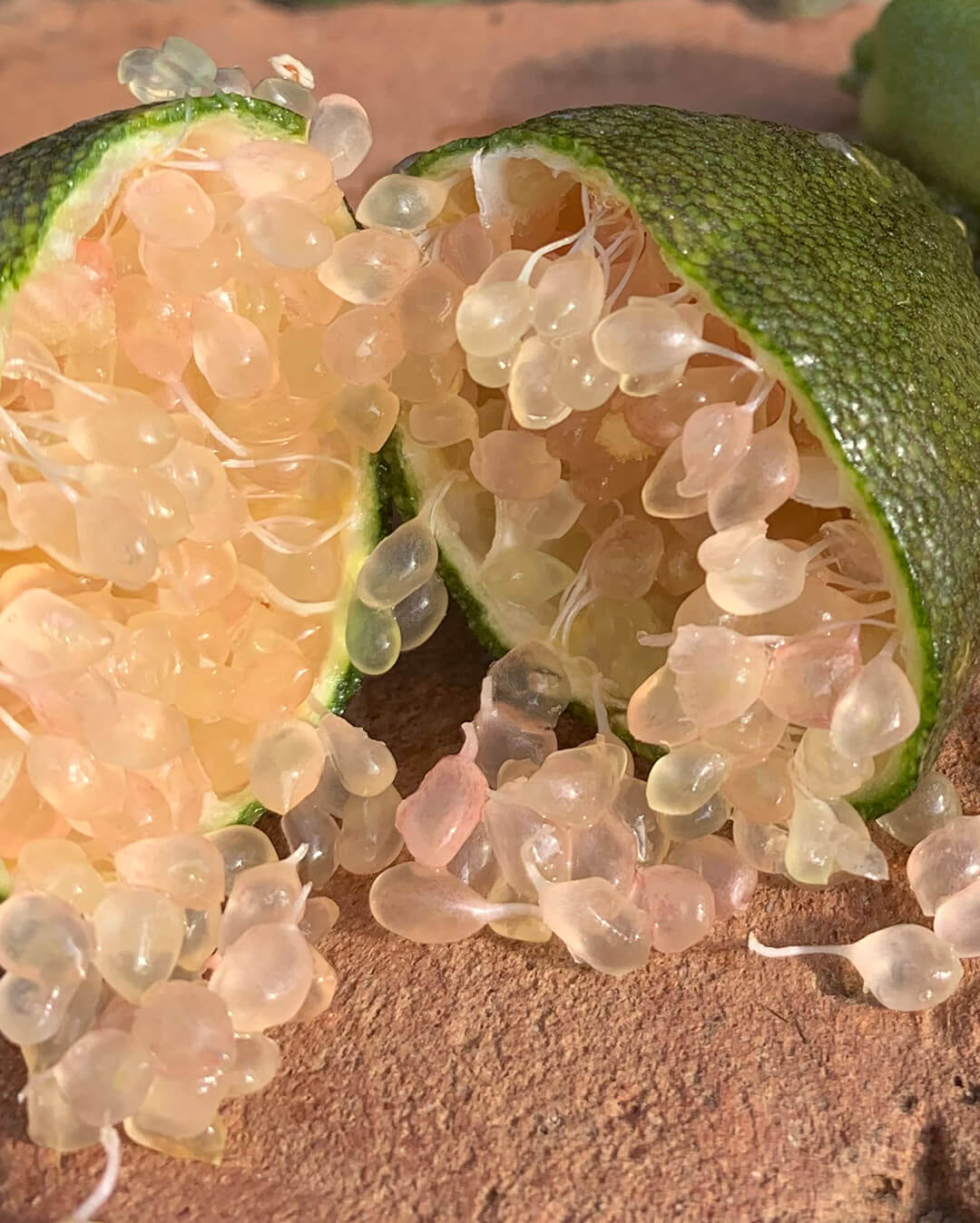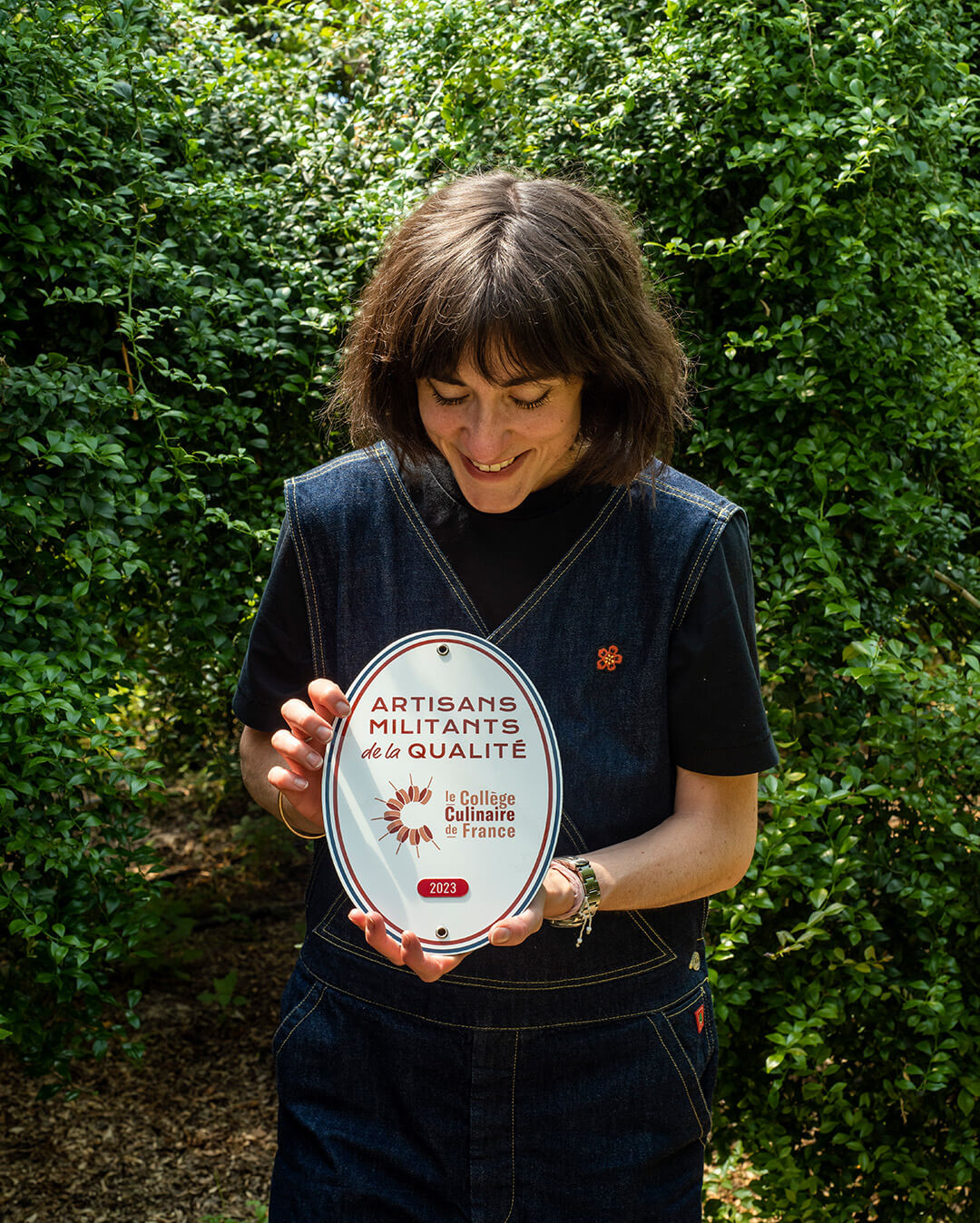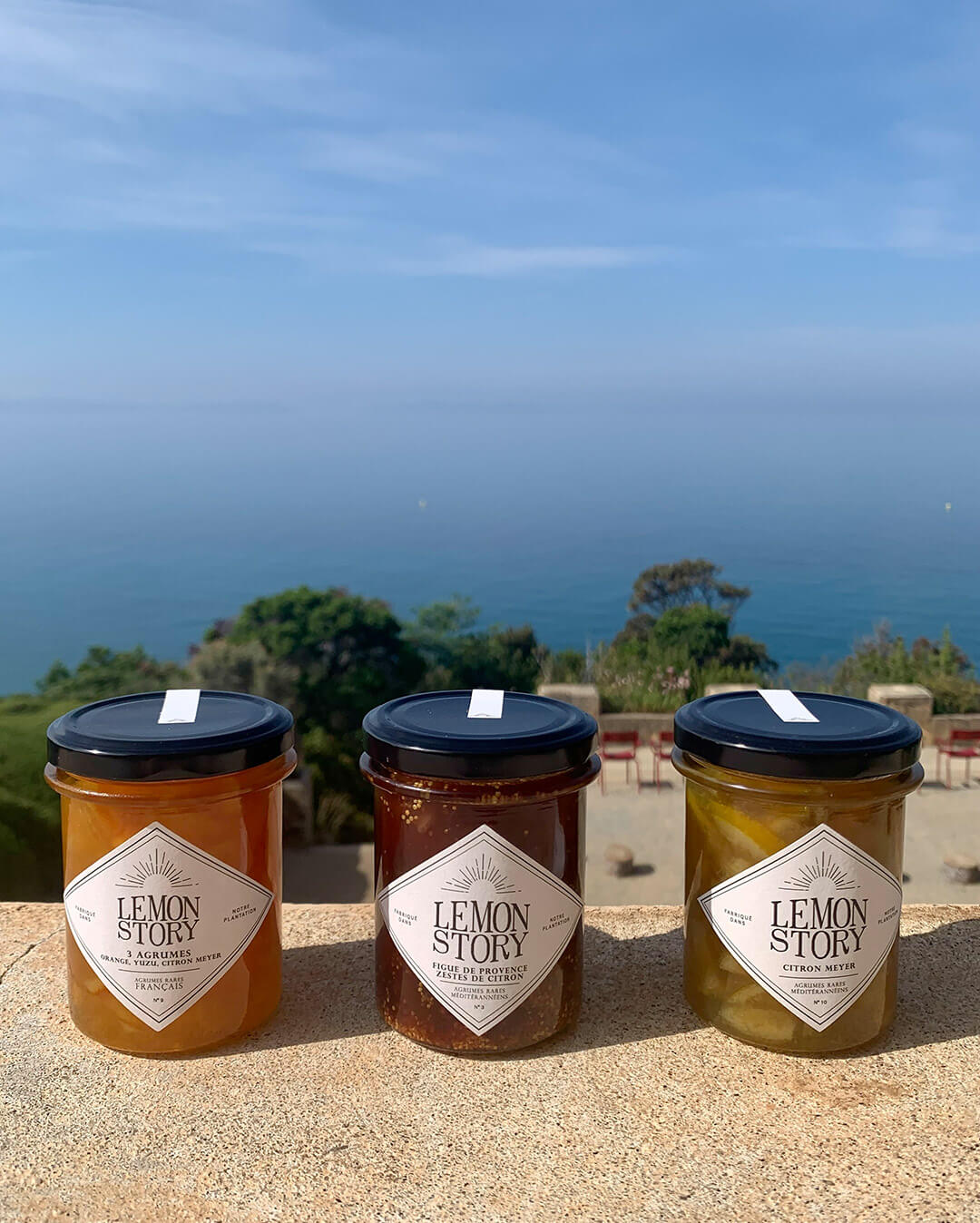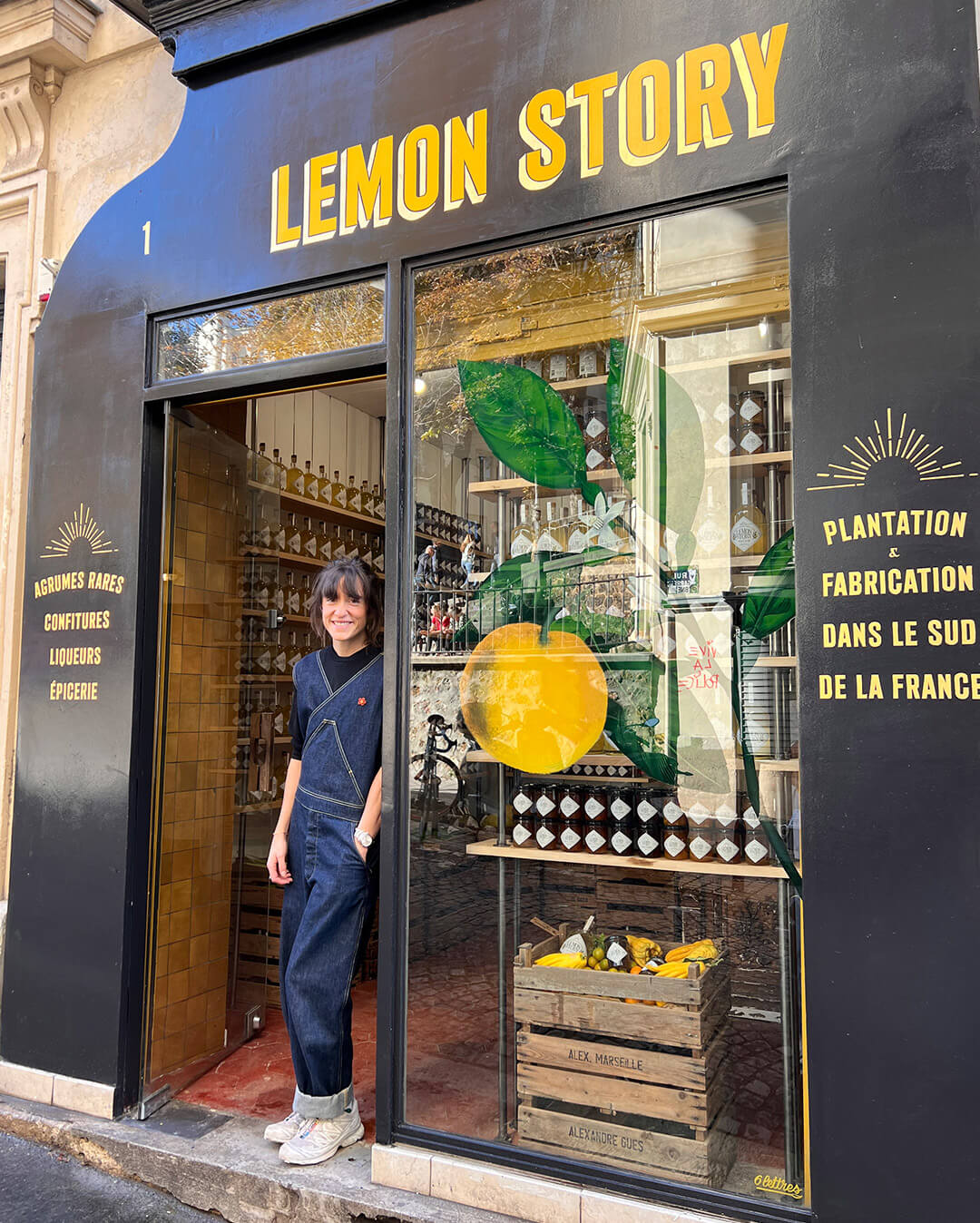Our citrus fruits are cultivated in a sustainable agriculture following the seasons. Overview of our different varieties.
Yuzu
Yuzu is an Asian citrus, mostly cultivated in Japan and Korea. At the crossing of a lemon and a tangerine, yuzu looks like a small grapefruit. Its skin is not smooth and it hasn't much flesh or juice. Green at the beggining of the season, it will end orange yellow with maturity.
Yuzu is quite acidic and has a very unique taste. It is not a fruit to be eaten as such, its juice and zest are mostly used in cooking to prepare condiments.
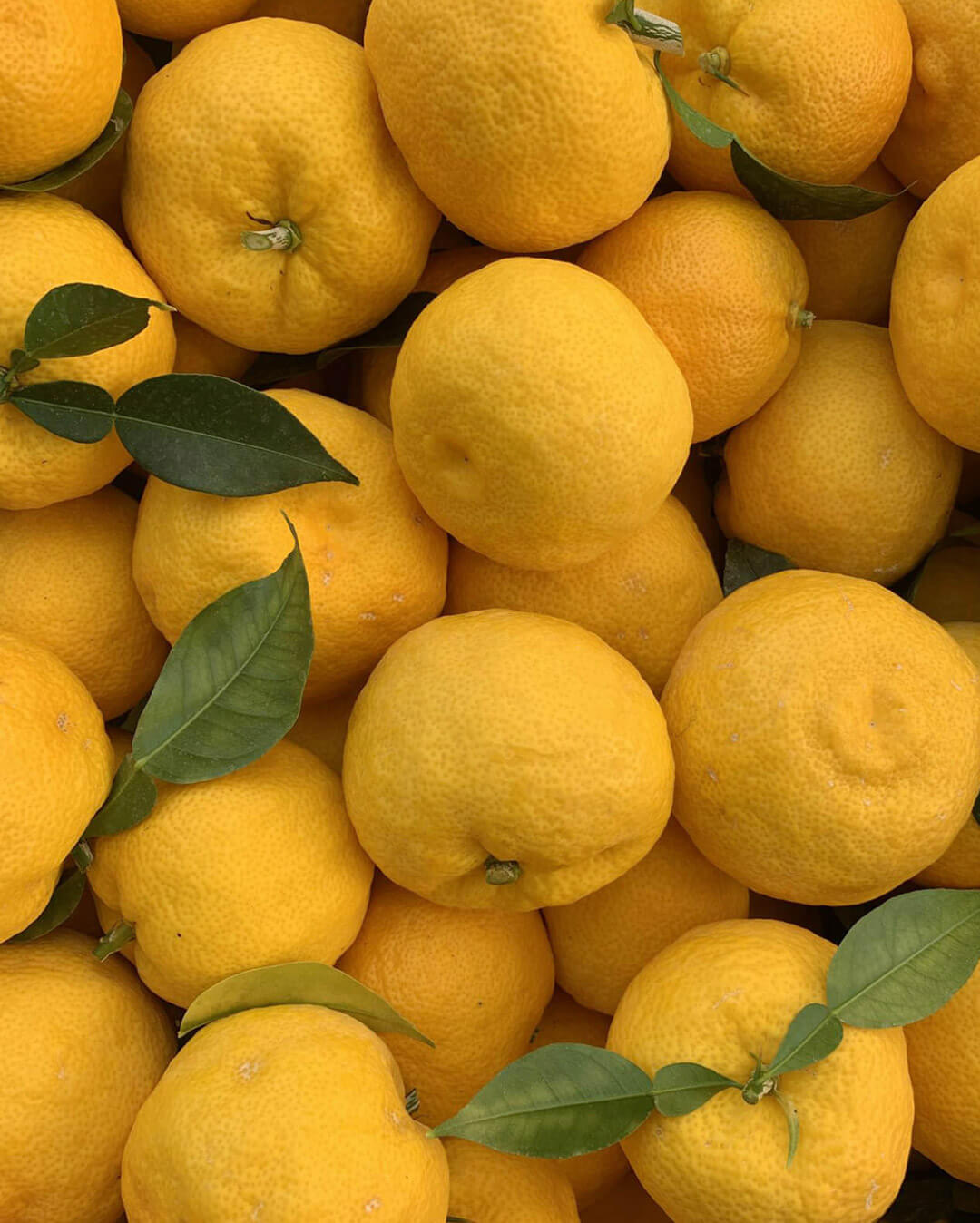
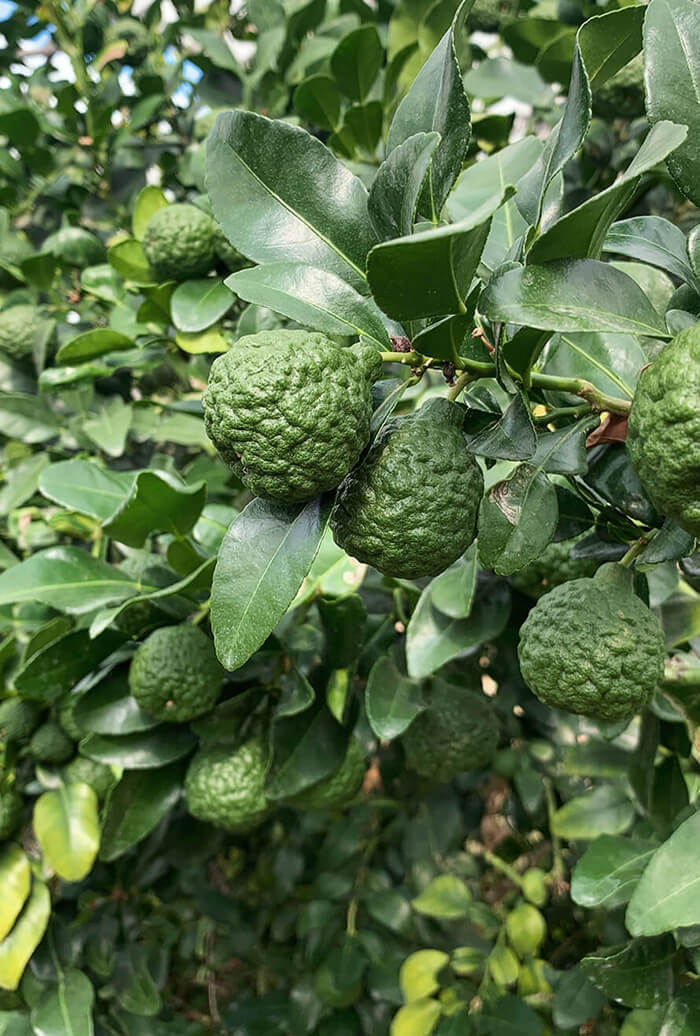
Kaffir Lime
Kaffir lime is an ancient type of citrus native to Indonesia, very popular in South Asia, and particularly in Thailand and India.
It is a small green and bumpy citrus, that measures around 6cm. It has a very powerful taste that resemble of lemongrass and ginger.
Its flesh is too acidic to be used, the most important part of kaffir lime is its zest, it has a very powerful taste so it must be used parsimonioulsy. You have to carefully grate the fruit while avoiding the white part that is very bitter.
Meyer Lemon
Meyer lemon is not an actual lemon, it results from the crossing of a citron and a hybrid of a tangerine and a pomelo. Native to China, it bears the name of Franck Meyer, the man who imported it in the United-States in 1908.
It can't be mistaken with the yellow lemon because they are very different : Meyer is orange-yellow and its skin is thin and smooth. It is softer and more aromatic than the yellow lemon and its particularity is that it offers herbal and spices notes. Its pulp is very juicy and has no acidity. Its skin is very flavourful and so soft that it can be eaten entirely.
You have to be careful though, unlike lemons, Meyers are full of seeds !
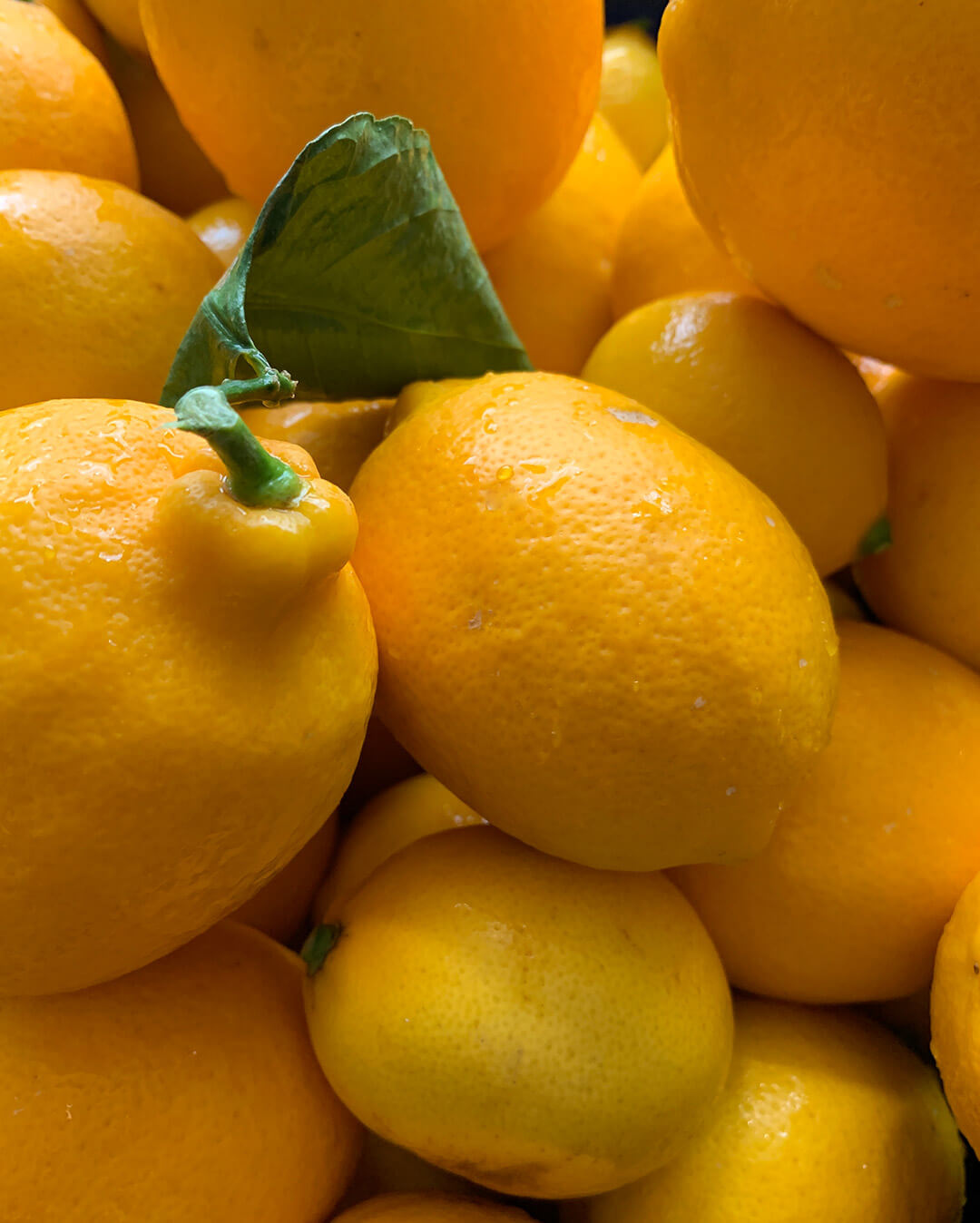
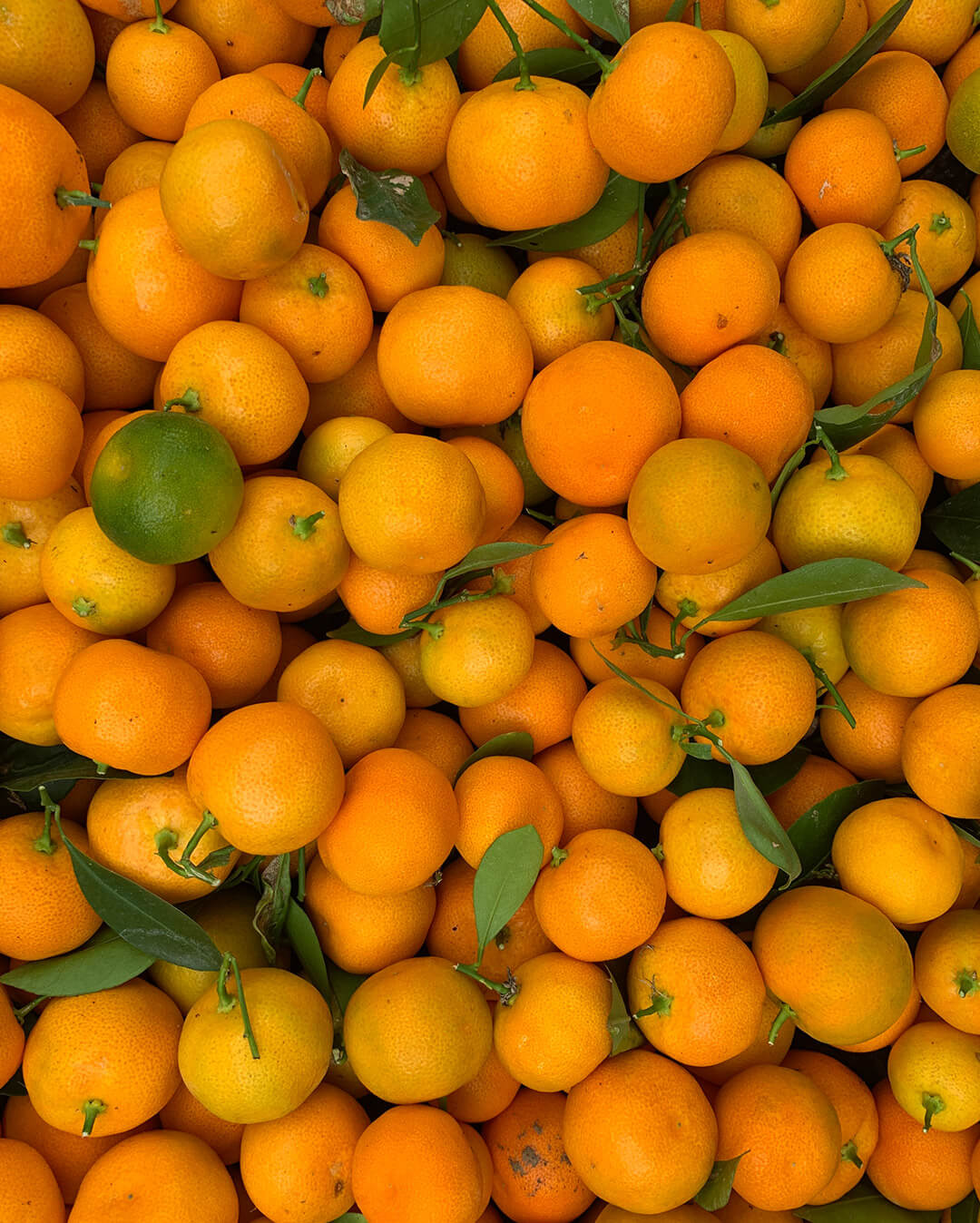
Kalamansi
Kalamansi is a small exotic fruit native to South-West Asia, hybrid of a kumquat and a tangerine. Its is very popular in the Philippines and is one of Asia's most appreciated fruits.
Kalamansi is a very small fruit (between 2 and 4cm in diameter), green at the beggining it ends orange with maturity. Its pulp is very acidic with a taste close to passion fruit or pink pomelo with a soft bitterness.
Its zest is as thin as the kumquat's.
Finger lime
From its latin name "microcitrus australasica", finger lime is a citrus native to Australia. It is a small and elongated fruit that grows on a thorny bush that is about 3 meters tall. There are several varieties and colors of finger limes.
The fruit is full of small pearls, they are a bit sour with a very powerful taste and they burst in mouth.
You can open the lime lengthwise to extract the pearls or you can cut it in half and press gently to let them out.
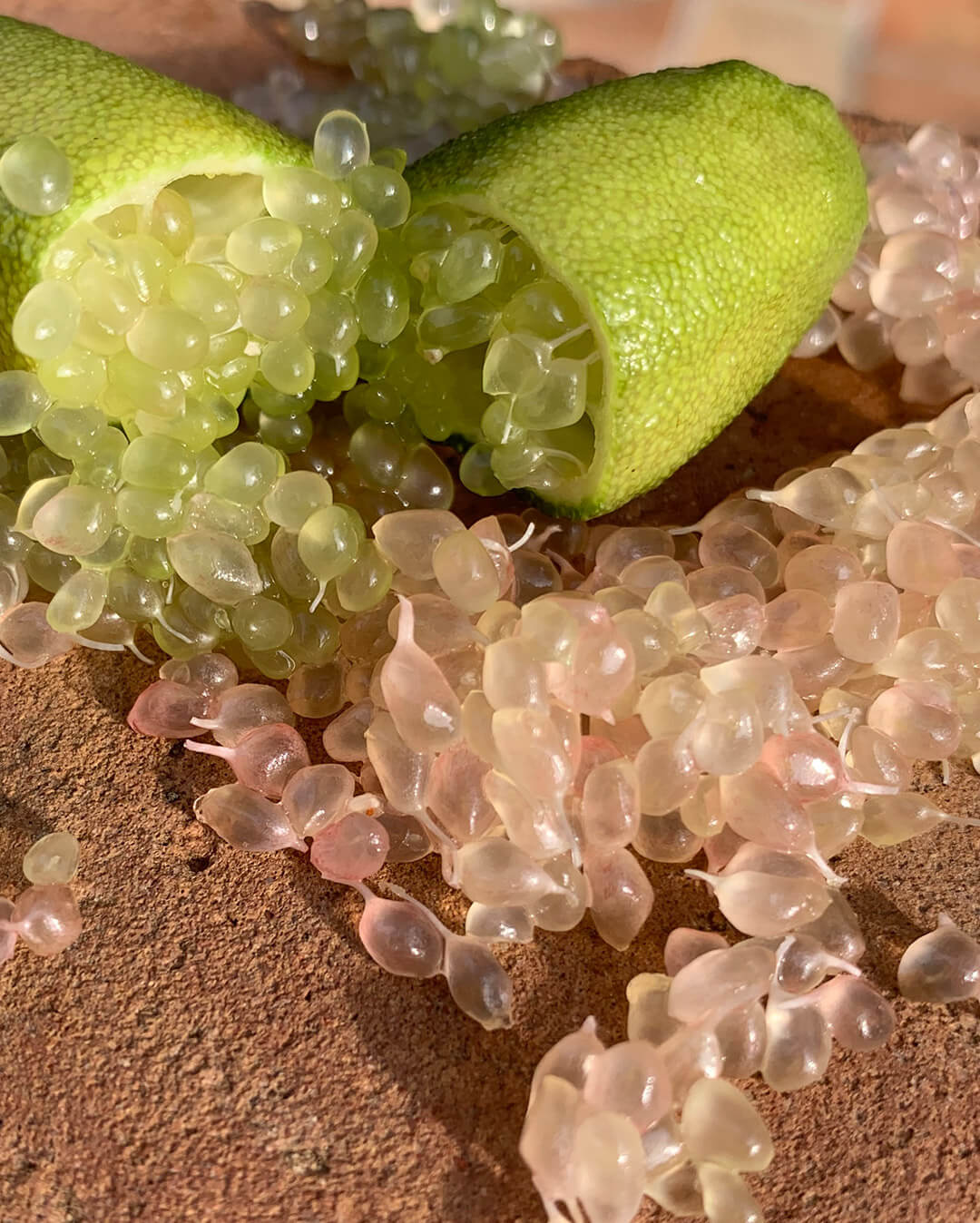

Citron
Native to Asia and particularly the Himalayas, Citron is a big yellow and bumpy fruit that has a very thick skin. It is the origin of several citrus species, such as the lime and the Meyer lemon. The citron is very aromatical and soft, much less bitter than the lemon.
It is commonly used in confectionnary because of its skin that can be easly candied.
Citron has always been associated with religious traditions, for instance it is a very powerful symbol in the Jewish religion and one of the four fruits honored during an important celebration.
Hand of Buddha
The hand of Buddha is a variety of citrus made from the natural mutation of the citron, which created naturally this spectacular shape.
The fruits are more or less opened and look like hands, fingers or small octopus.
Hand of Buddha have the particularity to not have any pulp, seeds or juice. Its flesh is soft and has a very aromatical and floral flavour.
In Asia, hand of Buddha is used as an offering.
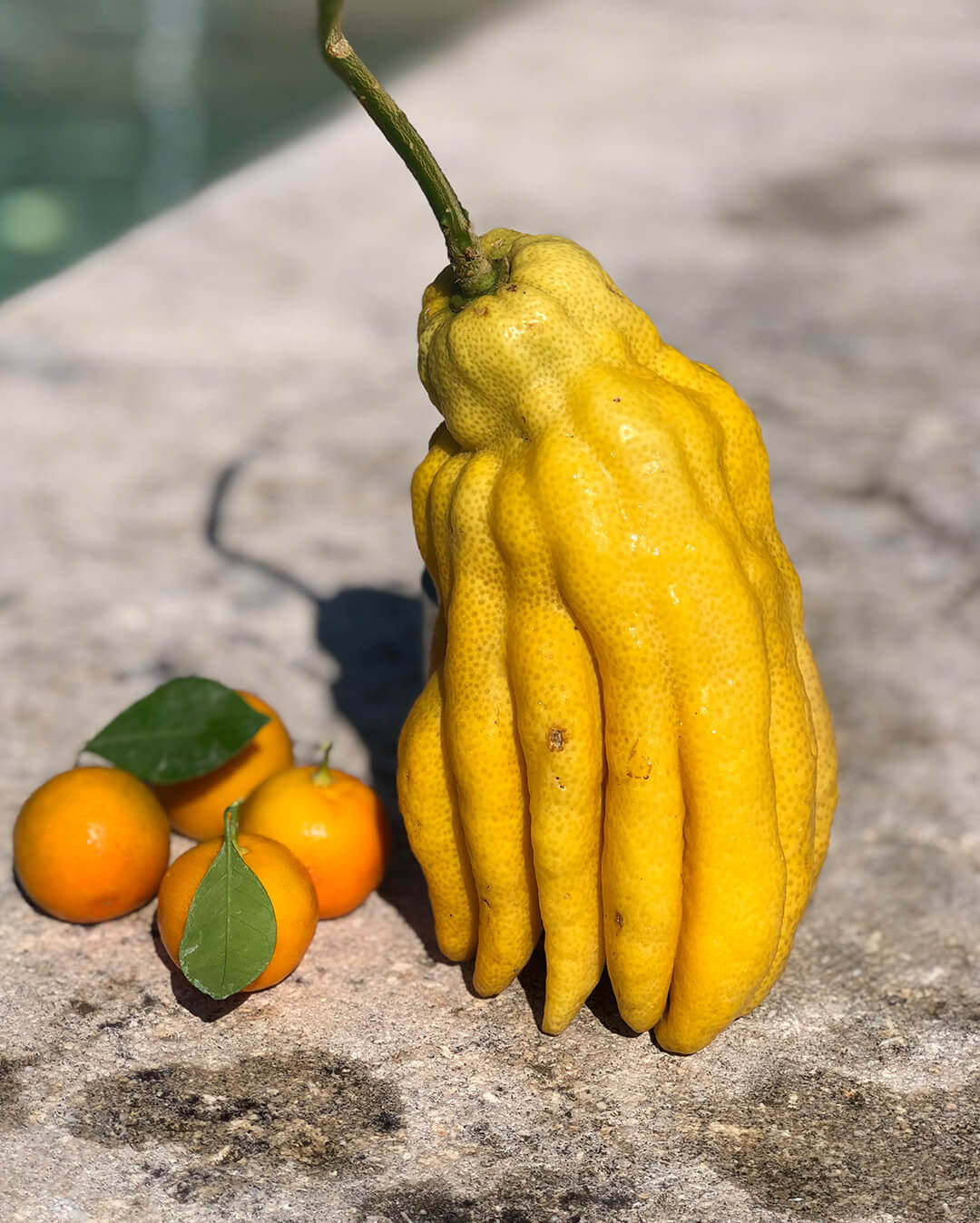
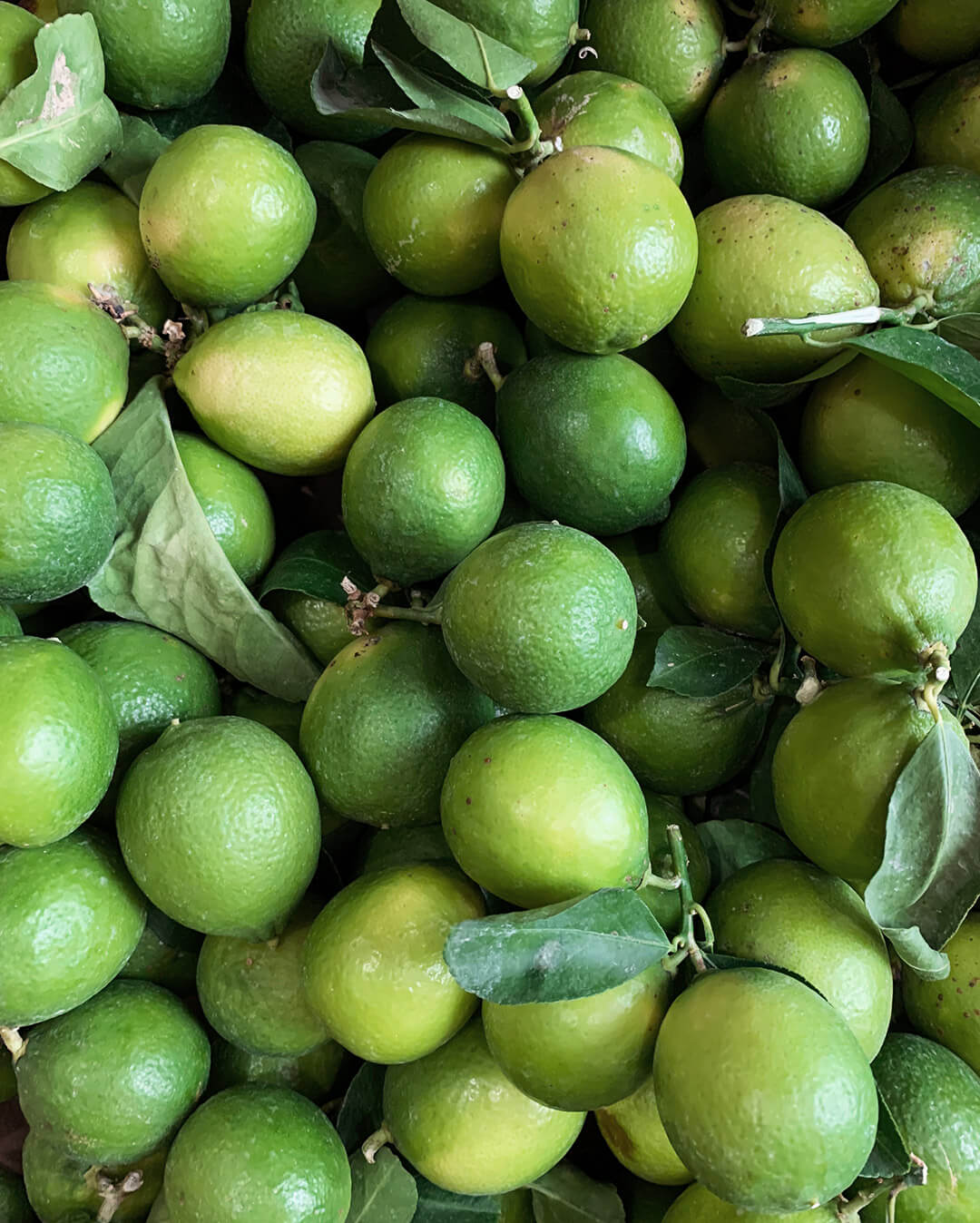
Tahiti Lime
Tahiti lime is native to Brazil and would be the result of the crossing of a lemon and a Mexican lime.
It has a very thin and aromatical skin, a seedless pulp that is very acidic and juicy. Its taste is more intense and aromatical than the lemon's, and has a lot of freshness.
Green at the begining of the season, it ends up yellow-green at last.




